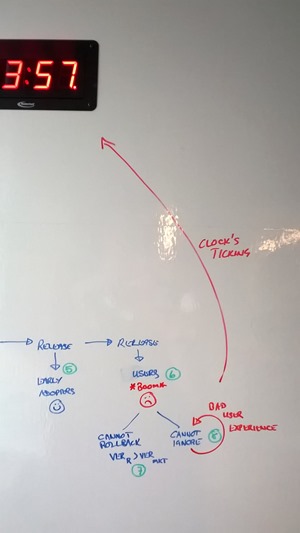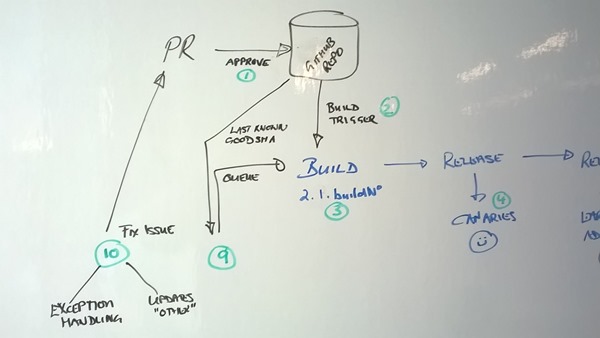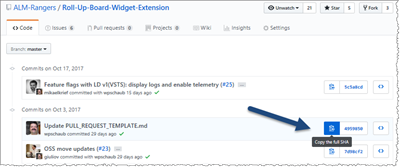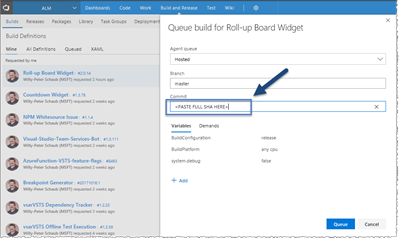How do I roll-back a VSTS extension when I am using a CI/CD pipeline?
A few days ago, 2 to be exact, we experienced a critical issue in production when we released a public extension update. It reminded me of Brian’s post A Rough Patch. Similarly, the user experience was not good. Reality set in. We must think about roll back when we design our CI/CD pipelines.
Let’s explore what happened and how we restored our extension.
Let’s look at the recent meltdown
(1) - Developer created a pull-request, which was reviewed, approved, and merged to master.
(2) - The merge triggered the extension’s pipeline.
(3) - Build updated (incremented) version and created new extension. All good ![]()
(4) - Pipeline deployed the extension to our Canaries ring in production. All good ![]()
(5) - Pipeline deployed the extension to our Early Adopters ring in production. All good ![]()
(6) - Pipeline deployed the extension to our Users ring in production. Although deployment went well, users were not happy. Error 500 ![]()
(7) - We cannot simply roll-back to the previously known good version, because the marketplace confirms that the version is greater than earlier when we publish.
(8) - Putting our head in the sand and ignoring the issue is not an option. It would be a very bad user experience.
Oh, my heart monitor takes a jump as the clock keeps ticking.
There’s hope!
Where there’s an issue, there’s an opportunity. After a few minutes at the whiteboard we had a solution.
(9) – We cannot go back in time in terms of the extension’s version, however, we can publish the “last known good” extension with a new (higher) version.
Determine the commit that triggered the last known good extension build. In your repo, copy the full SHA of the commit to your clipboard.
Queue a new build using the full SHA you saved on the clipboard. Let your pipeline do its job.
Once deployed, ensure that your users are happy ![]() again.
again.
(10) - Last, but not least, we need to add more exception handling to fail gracefully, or better, deal with the issue.
In case you’re wondering, the source of the issue was not in the exception, it was an unchecked checkbox in the service configuration for the Users ring, called by new code we added to the extension.
Fail Fast?
We want to fail fast … and we did. What’s important, however, is what we learnt from the incident and how fast we’re able to mitigate an issue.
Mean time to recovery (MTTR) was less than 15 minutes. I must admit, it felt like hours.
Until next time.
Comments
- Anonymous
November 02, 2017
"Fail Fast" is always important as is MTTR (since we will never achieve zero failures) As a technical nitpick, this was not a rollback but rather a roll-forward to something that was functionally equivalent. In this scenario it appears that the implementation was simple, once the solution was realized.For more complex (and higher risk/impact) items, some teams are starting to include the development of a contingency roll-forward as part of their production deployment planning.- Anonymous
November 02, 2017
Always enjoy your nitpicking David. How about "we rolled back to the last known good version of code and user experience, by using our continuously roll forward pipeline"? Most importantly we had happy ? users after the dust settled.- Anonymous
November 02, 2017
The comment has been removed
- Anonymous
- Anonymous
- Anonymous
November 02, 2017
The comment has been removed



